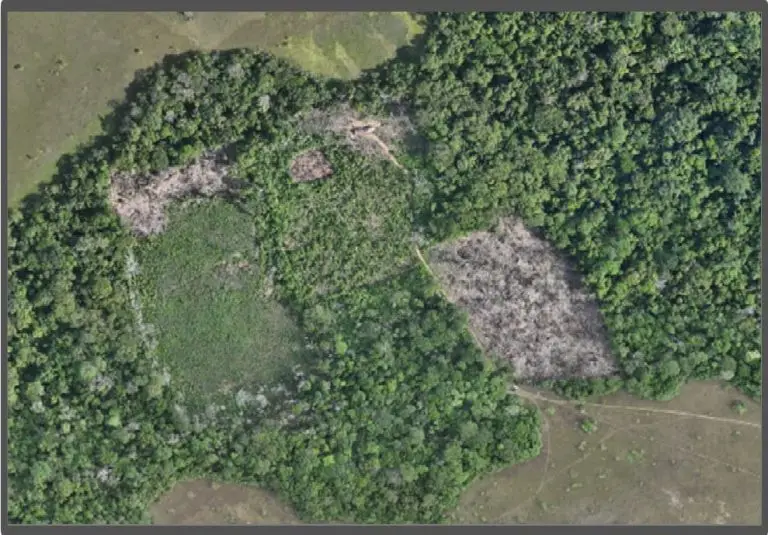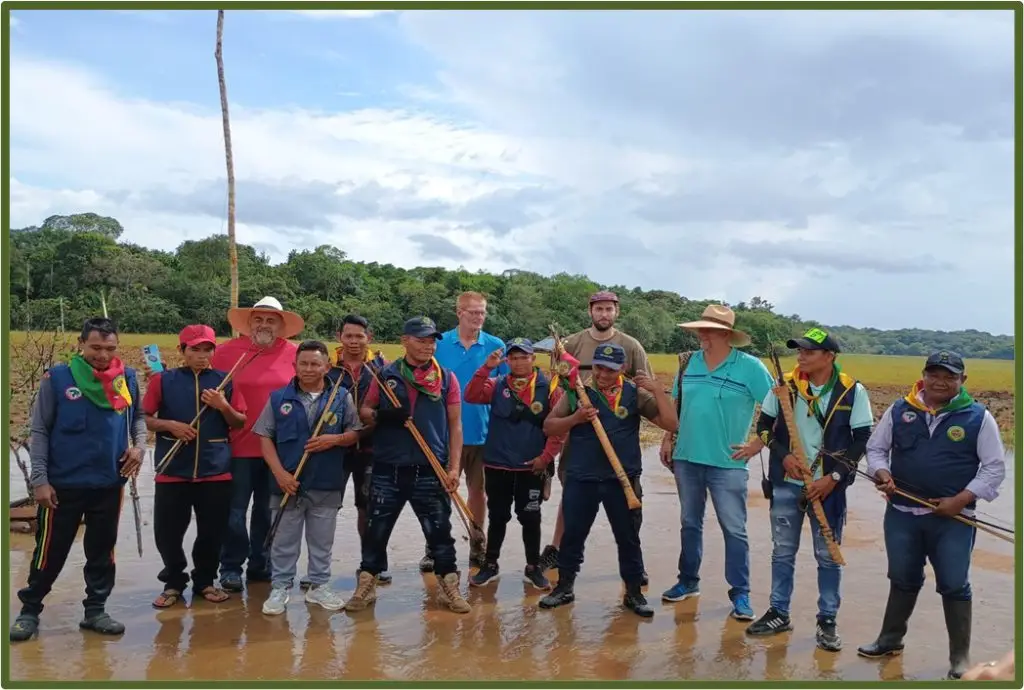
Santa Teresita del Tuparro
Cumaribo, Vichada, Colombia.


The Santa Teresita del Tuparro Reserve, established in 1983, covers 205,000 hectares in the transition zone between the Orinoquía and Amazon regions of Colombia. It is home to various species and indigenous communities, including the Sikuani, Piapoco, and Curripaco, among others.
Environmental Issues in the TransitionalForests of Cumaribo, Vichada
The situation in Cumaribo, Vichada, centers on the shift in customs among indigenous communities following the establishment of permanent reserves without adequate training or support in environmental and agricultural management. Originally nomadic hunter-gatherers, these communities have transitioned to family agriculture and the practice of slash-and-burn in native forests for their gardens. This shift has led to the degradation and fragmentation of the Amazonian transitional forests.
Images of Fragmentation and Loss of Native Forest in the Santa Teresita Del Tuparro Reserve, Vichada.









The project in Cumaribo, Colombia, aims to replace the agricultural practices of the indigenous community of Santa Teresita del Tuparro, who currently use slash-and-burn methods for farming. This practice rapidly degrades the soil and reduces the available forest area. The proposal is to establish permanent agricultural plots in the savanna, which would halt deforestation, allow forest recovery, and increase carbon sequestration. Additionally, it is planned to reforest areas adjacent to the forests to expand their size and restore degraded zones. This will generate employment for the local community and allow reinvestment of the benefits obtained from generating carbon and biodiversity credits into the life plan designed by the Santa Teresita del Tuparro community.









